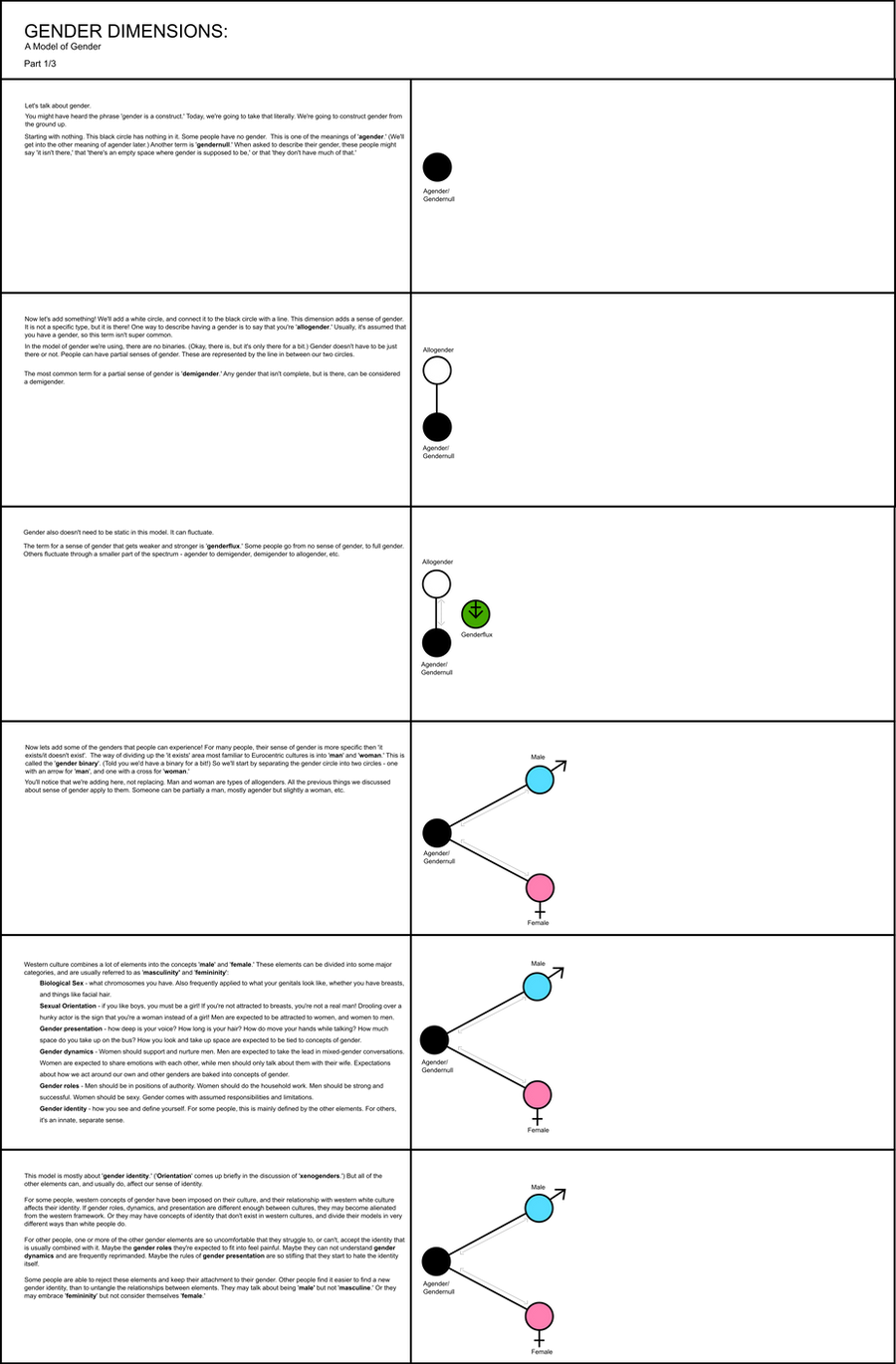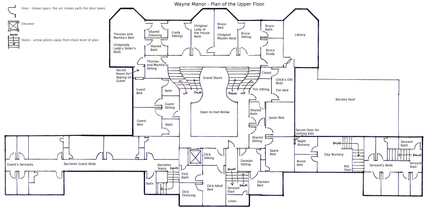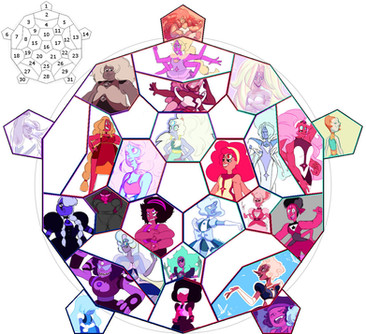HOME | DD
 geckobot — Gender Dimensions Part 1/3
geckobot — Gender Dimensions Part 1/3

#gender #lgbt #queer
Published: 2023-03-10 17:14:11 +0000 UTC; Views: 3221; Favourites: 1; Downloads: 0
Redirect to original
Description
GENDER DIMENSIONS:
A Model of Gender
Part 1/3
Let's talk about gender.
You might have heard the phrase 'gender is a construct.' Today, we're going to take that literally. We're going to construct gender from the ground up.
Starting with nothing. This black circle has nothing in it. Some people have no gender. This is one of the meanings of 'agender.' (We'll get into the other meaning of agender later.) Another term is 'gendernull.' When asked to describe their gender, these people might
say 'it isn't there,' that 'there's an empty space where gender is supposed to be,' or that 'they don't have much of that.'
Now let's add something! We'll add a white circle, and connect it to the black circle with a line. This dimension adds a sense of gender. It is not a specific type, but it is there! One way to describe having a gender is to say that you're 'allogender.' Usually, it's assumed that
you have a gender, so this term isn't super common.
In the model of gender we're using, there are no binaries. (Okay, there is, but it's only there for a bit.) Gender doesn't have to be just there or not. People can have partial senses of gender. These are represented by the line in between our two circles.
The most common term for a partial sense of gender is 'demigender.' Any gender that isn't complete, but is there, can be considered a demigender.
Gender also doesn't need to be static in this model. It can fluctuate.
The term for a sense of gender that gets weaker and stronger is 'genderflux.' Some people go from no sense of gender, to full gender. Others fluctuate through a smaller part of the spectrum - agender to demigender, demigender to allogender, etc.
Now lets add some of the genders that people can experience! For many people, their sense of gender is more specific then 'it exists/it doesn't exist'. The way of dividing up the 'it exists' area most familiar to Eurocentric cultures is into 'man' and 'woman.' This is
called the 'gender binary'. (Told you we'd have a binary for a bit!) So we'll start by separating the gender circle into two circles - one with an arrow for 'man', and one with a cross for 'woman.'
You'll notice that we're adding here, not replacing. Man and woman are types of allogenders. All the previous things we discussed about sense of gender apply to them. Someone can be partially a man, mostly agender but slightly a woman, etc.
Western culture combines a lot of elements into the concepts 'male' and 'female.' These elements can be divided into some major categories, and are usually referred to as 'masculinity' and 'femininity'. Here are some things stereotypically associated with gender:
Biological Sex - what chromosomes you have. Also frequently applied to what your genitals look like, whether you have breasts, and things like facial hair.
Sexual Orientation - if you like boys, you must be a girl! If you're not attracted to breasts, you're not a real man! Drooling over a hunky actor is the sign that you're a woman instead of a girl! Men are expected to be attracted to women, and women to men.
Gender presentation - how deep is your voice? How long is your hair? How do move your hands while talking? How much space do you take up on the bus? How you look and take up space are expected to be tied to concepts of gender.
Gender dynamics - Women should support and nurture men. Men are expected to take the lead in mixed-gender conversations. Women are expected to share emotions with each other, while men should only talk about them with their wife. Expectations about how we act around our own and other genders are baked into concepts of gender.
Gender roles - Men should be in positions of authority. Women should do the household work. Men should be strong and successful. Women should be sexy. Gender comes with assumed responsibilities and limitations.
Gender identity - how you see and define yourself. For some people, this is mainly defined by the other elements. For others, it's an innate, separate sense.
This model is mostly about 'gender identity.' ('Orientation' comes up briefly in the discussion of 'xenogenders.') But all of the other elements can, and usually do, affect our sense of identity.
For some people, western concepts of gender have been imposed on their culture, and their relationship with western white culture affects their identity. If gender roles, dynamics, and presentation are different enough between cultures, they may become alienated
from the western framework. Or they may have concepts of identity that don't exist in western cultures, and divide their models in very different ways than white people do.
For other people, one or more of the other gender elements are so uncomfortable that they struggle to, or can't, accept the identity that is usually combined with it. Maybe the gender roles they're expected to fit into feel painful. Maybe they can not understand gender
dynamics and are frequently reprimanded. Maybe the rules of gender presentation are so stifling that they start to hate the identity itself.
Some people are able to reject these elements and keep their attachment to their gender. Other people find it easier to find a new gender identity, than to untangle the relationships between elements. They may talk about being 'male' but not 'masculine.' Or they
may embrace 'femininity' but not consider themselves 'female.'






















